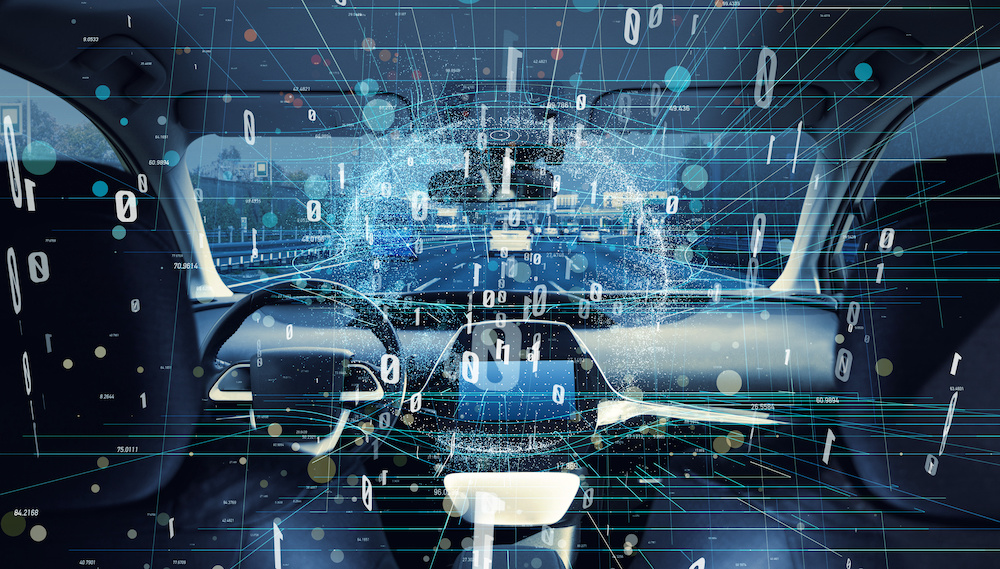This is part 3 of a 4-part series on ISO 26262. Part 1 provides an overview of ISO 26262. Part 2 reviews the functional safety life cycles; this part examines the latest trends driving ISO 26262; and part 4 explains how you can easily meet compliance standards with the right tools.
The automotive industry has seen a tremendous amount of innovation in the last few decades. Mechanical vehicles have given way to highly technical cars powered with not only automation but in some cases, full autonomy. With these changes comes the need for increased oversight and regulation to ensure the functional safety of automobiles today and tomorrow. Here are the top automotive software trends shaping these newer compliance requirements.
Top 3 Automotive Software Trends
Automotive Software Trend #1: Customized Demands
The market is increasingly demanding custom products. This customization drives the need for increased modularization and management of product variants. Each user group demands vehicles specifically designed to meet their needs, with even more niche demands emerging within these user groups.
Manufacturers are challenged with creating, managing, and developing these product lines with multiple variants. To streamline, modules are often developed using the same vehicle architecture but with slightly different models. This increases product complexity while reusing certain components across variants. Carmakers need tools that simplify the process of managing functional safety across all of these product variants.
Carmakers must be able to manage all of the minor product variants that customers demand.
Automotive Software Trend #2: Modern Mobility
Even with additional customization options created to meet niche market needs, car ownership is declining as car-sharing becomes more common. This idea of shared mobility will significantly impact the automotive market—and rapidly. McKinsey anticipates that by 2030, 1 in 10 cars will be shared vehicles. In addition, the expectation of autonomous driving becoming standard in everyday vehicles will cause car ownership numbers to drop even more. Carmakers must consider the new challenges of functional safety that will come with these changes.

Automotive Software Trend #3: Shifting Industry Focus
The shifting market landscape will require auto manufacturers to rethink their role within the industry. Changes are already occurring as partnerships are being established in the race to get autonomous driving and other modern technologies into the market. These relationships will require a revamp to increase traceability across development, functional safety requirements, QA, and more—and even more so as automotive standards continue to become more stringent.
In addition to autonomy, there has been a huge push away from combustion engines and toward electric power technology. The demand for electric vehicles (EVs) is increasing rapidly, with global market share expected to hit 26% by 2030.
Of course, electric vehicles and autonomous vehicles, along with the connectivity required to make them operate, require new considerations.
Companies need to be able to handle the functional safety and the unique data security challenges of both autonomous vehicles and electric vehicles.
The Tightening Regulatory Landscape
 Ensuring safety is of the utmost importance, so with all of these technical innovations comes the need for increased regulations around functional safety. In addition to building confidence around these new technologies, regulators are working rapidly to create the comprehensive standards needed to govern the functional safety requirements of modern automotive technology. Carmakers need to be ready to accommodate the stringent regulations that current products under development and future products will have to comply with.
Ensuring safety is of the utmost importance, so with all of these technical innovations comes the need for increased regulations around functional safety. In addition to building confidence around these new technologies, regulators are working rapidly to create the comprehensive standards needed to govern the functional safety requirements of modern automotive technology. Carmakers need to be ready to accommodate the stringent regulations that current products under development and future products will have to comply with.
Using the Right Tools
Carmakers need new tools that can support them in the ever-changing regulatory automotive landscape. Application lifecycle management (ALM) platforms, such as Codebeamer, have the features these companies need to stay on top of requirements. Codebeamer even has automated ISO 26262 template workflows to simplify the software development for OEMs and suppliers. The template comes preconfigured with the proper artifacts and workflows needed to meet ISO 26262 compliance.
Want to learn more about how Codebeamer can help you meet ISO 26262 compliance?
If you’re ready to jump right in, contact us to purchase Codebeamer.
